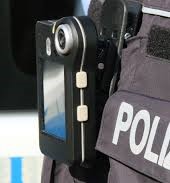Start with the worst of it, the darkness it brings to the profession, the taint it casts over the 98 percent of officers who work their daily shifts managing to balance the dangers presented by 2% of the public while protecting 100 % of the public that they are charged with protecting. Then, because so little of the population have so little personal interaction with police, they rely on and remember what they hear, which is mostly about the actions of those few officers who have made mistakes in the field. Too often then not, violent mistakes that result in death, serious injury or wrongful convictions. Ironically, the ones hurt most, besides citizens, are the other 98 per cent of law enforcement. They’re the ones that draw the criticism of the public, prosecutors, and the judicial system. Too often, the failure to properly vet applicants, or monitor existing officers, by leadership results in the hiring and promotion of officers who all too often don’t believe in the the rights protected by the Constitution and do believe that the end justifies the means, us versus them, or shoot first and answer questions later. Proper interviews and oversight by good leaders will often winnow down these officers. The focus should be on either further training and education or removal in the worse of cases. This applies, perhaps more so, to promotion, where these same types of behavior become management traits.
The shadow cast by a single act of one bad officer sentences his coworkers to years of disrespect and, in the extreme, violence by the people they are protecting. Better two way communications between leadership and the rank and file always provides benefits to all. Body and dash cams enhance both these communications and oversight as well as public trust.
